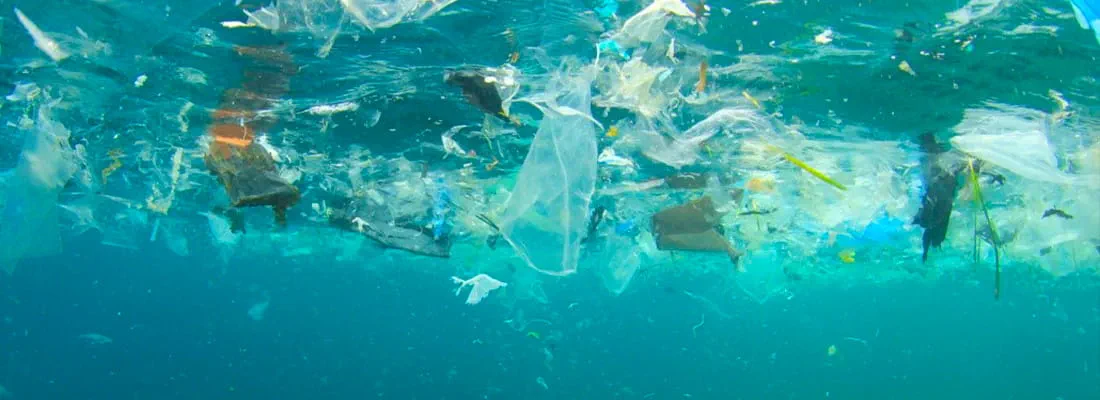If you love the water and our oceans, you probably share our mission:
NO PLASTIC IN OUR WATER OR OUR BODIES!
Written by: Hannah van de Kerkhof. Project Leader for the PSF Clean Rivers Project.
Plastic debris is piling up in our environment, harming marine wildlife but also us, humans. At Plastic Soup Foundation, we use knowledge to tackle the source of plastic pollution and create awareness via education and communication. With the use of citizen science, everyone can contribute to the knowledge about plastic debris, helping organizations like us to tackle the source of plastic pollution!
Cleanups
More and more people are aware of the plastic problem and started picking plastic at the beach or in the park. At Plastic Soup Foundation we encourage these clean-ups and even organize World Cleanup Day in the Netherlands every year. Clean-up is a great way to raise awareness about the plastic problem and do something good while being active, together with family or colleagues.
By cleaning up our beaches, rivers and streets, we can prevent the litter from entering our oceans. However, the most harmful pollutants are impossible to remove from our environment with clean-ups. Plastic contains toxic chemical additives that leach out of the material during usage and after disposal of a piece of plastic. These chemicals are nowadays found in our water, air, houses and our bodies. In addition, plastic breaks down in smaller pieces, but will never (bio)degrade. To prevent more toxic chemicals and microplastics from harming human and environmental health, we need to tackle the sources of plastic pollution and reduce our usage.
Citizen Science
To get more insight into the sources of plastic debris, Plastic Soup Foundation uses citizen science. Collecting data about the amount, content and locations of plastic waste in our rivers, is one of the goals of our Clean Rivers project as rivers are one of the major routes of plastic debris entering the ocean. This data is of importance for finding solutions with both government and producers.
In our Clean Rivers project, more than 400 volunteers monitor the Dutch river sides twice a year. With the use of a standardized list (river-OSPAR), volunteers register the amount and types of plastic, along 100 meters of the riverside. After analysing the data, we publish the report and share it with policymakers and relevant stakeholders. We hope other countries will follow our example to get a complete view of plastic in our rivers since they are a significant route of plastic entering our oceans.
World Cleanup Day
Everyone can help with collecting this data! With the use of Litterati, an app for your phone, everyone can register trash that you pick up during your daily walk through the harbour or day at the beach. Numbers tell the story and show us where we should look for sources and how we increase our impact. Therefore, data and evidence of plastic litter in rivers, streets, parks and lakes are vital!
There isn't a better day to start your work as plastic trash picker than World Cleanup Day. On the 19th of September, we will all clean up a piece of the world together with 180 other countries joining the event; we will make a difference! During this clean-up, we will ask you to help us collect data about the trash you find. After downloading the Litterati app, join the World Cleanup Day challenge of Plastic Soup Foundation with the code and contribute to our dataset. Don't forget to sign up at worldcleanupday.nl so we can keep track of the (small) clean-ups!
Food and drink packaging
Among the most frequently found plastics in the Dutch rivers are plastic food and drink packaging. Single-use plastic wrapped cookies, small bottles of juice to-go, we use a lot of plastic for snacks and drinks. This lightweight packing, if left behind when people eat outside, is ready to be blown towards a nearby river. So next time when you are in a hurry, maybe grab a biscuit that is not wrapped individually? Just eat it right away and don't worry about the annoying packaging that you can't open while yachting...
Other products that are found frequently in our rivers are cotton buds, (fishing) rope and cigarette buds. The main sources of plastic that we find in our waterways are from recreation, inland shipping and sewage. From next summer, several products such as cotton buds and straws will be banned in the EU due to the new Single-Use Plastic directive. This will, however, not solve the problem and therefore, you can help and be mindful with what you consume when you are on a boat. Choose products that are not wrapped individually and take care that none of the plastic ends up in the water. In that way we can keep our beautiful aquatic environment clean, for the health of our planet and our own.
If you could use some help or inspiration on how to reduce your plastic usage, download our app My Little Plastic Footprint! Here you will find tips and tricks on how to use less plastic and set your own goals for your plastic diet.

